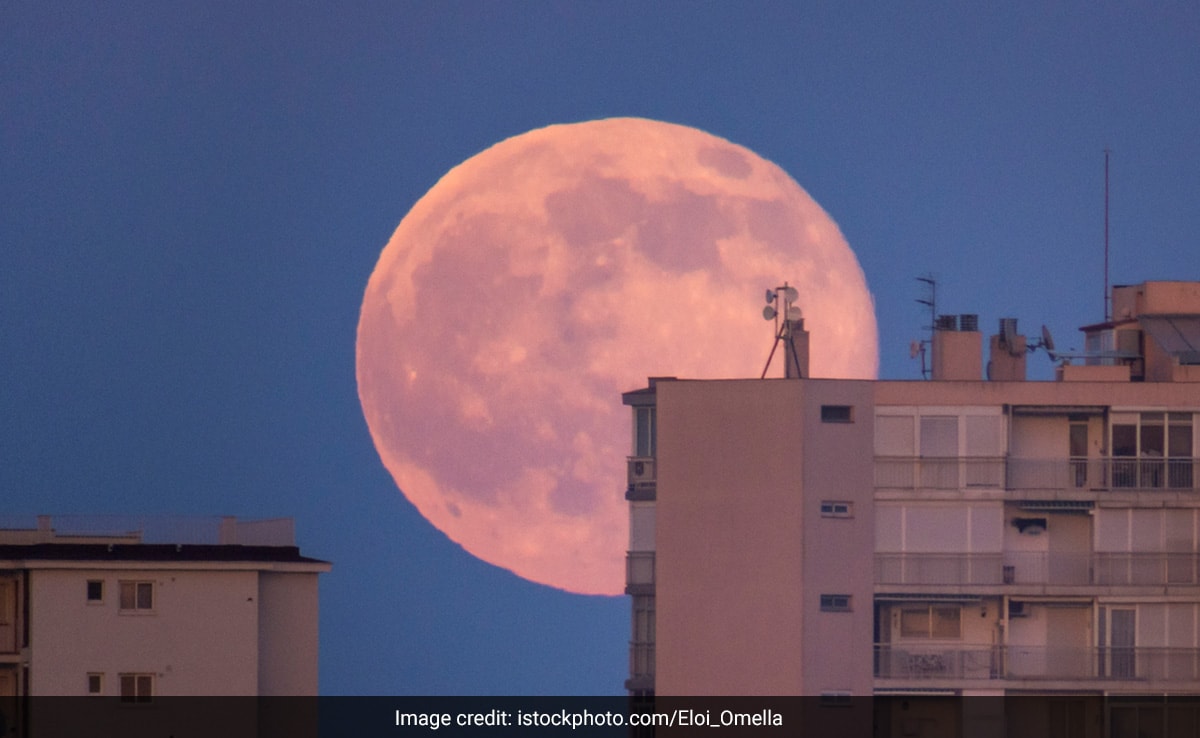The night sky is about to put on a spectacular show this week. The Hunter’s Moon, the third of four consecutive supermoons in 2024, will rise on Thursday, October 17. The full Moon, apart from being bigger and brighter than usual, also holds significance across cultures and festivals.
The Hunter’s moon
The Hunter’s moon, traditionally the first full moon after the Harvest Moon, was named by early English and American farmers for the time fields were clear of crops and hunting became easier. The Moon will reach its peak at 7:26 am EDT (4:56 pm IST) on Thursday, but you can expect it to appear full from Tuesday evening through Friday morning, reports NASA.
Just a day before the full moon, on Wednesday, October 16, the Moon will reach its perigee, the point in its orbit where it is closest to Earth.
Why does the moon appear brighter during a supermoon?
The moon’s orbit around Earth is elliptical — oval-shaped — positioning it at various distances from the planet, depending on the time of the month and its location along that orbital path. The distances range from about 226,000 miles to 251,000 miles, according to NASA.
When and where to watch
The best time to view this supermoon is just after sunset when it hovers low above the horizon. The Moon will be visible worldwide, but the timing will differ depending on your location.
For India, the supermoon will reach its peak at 4:56 pm IST on Thursday, October 17, and will be visible in the evenings from October 15 through October 18. Stargazers in New Zealand and areas east of the International Date Line will get to enjoy the supermoon early on Friday, October 18, while those in the western United States will see the full moon late on Wednesday night, October 16.
The moon will appear full for around three days.
Cultural significance of the Supermoon
This October supermoon carries significant meaning across cultures:
- For Hindus, this full moon is celebrated as Sharad Purnima, a harvest festival that marks the end of monsoon and is dedicated to the moon god.
- For Buddhists, it signifies the end of the three-month Vassa, or Buddhist Lent, observed during the rainy season.
- In Judaism, this full moon coincides with the start of Sukkot, a week-long festival marking the harvest and the journey of the Israelites in the wilderness.
- In Myanmar, it overlaps with the Thadingyut Festival of Lights, a celebration to welcome the Buddha’s return from heaven.
This October Hunter’s Moon will provide the biggest and brightest show of the year, making it a must-see for skywatchers.



